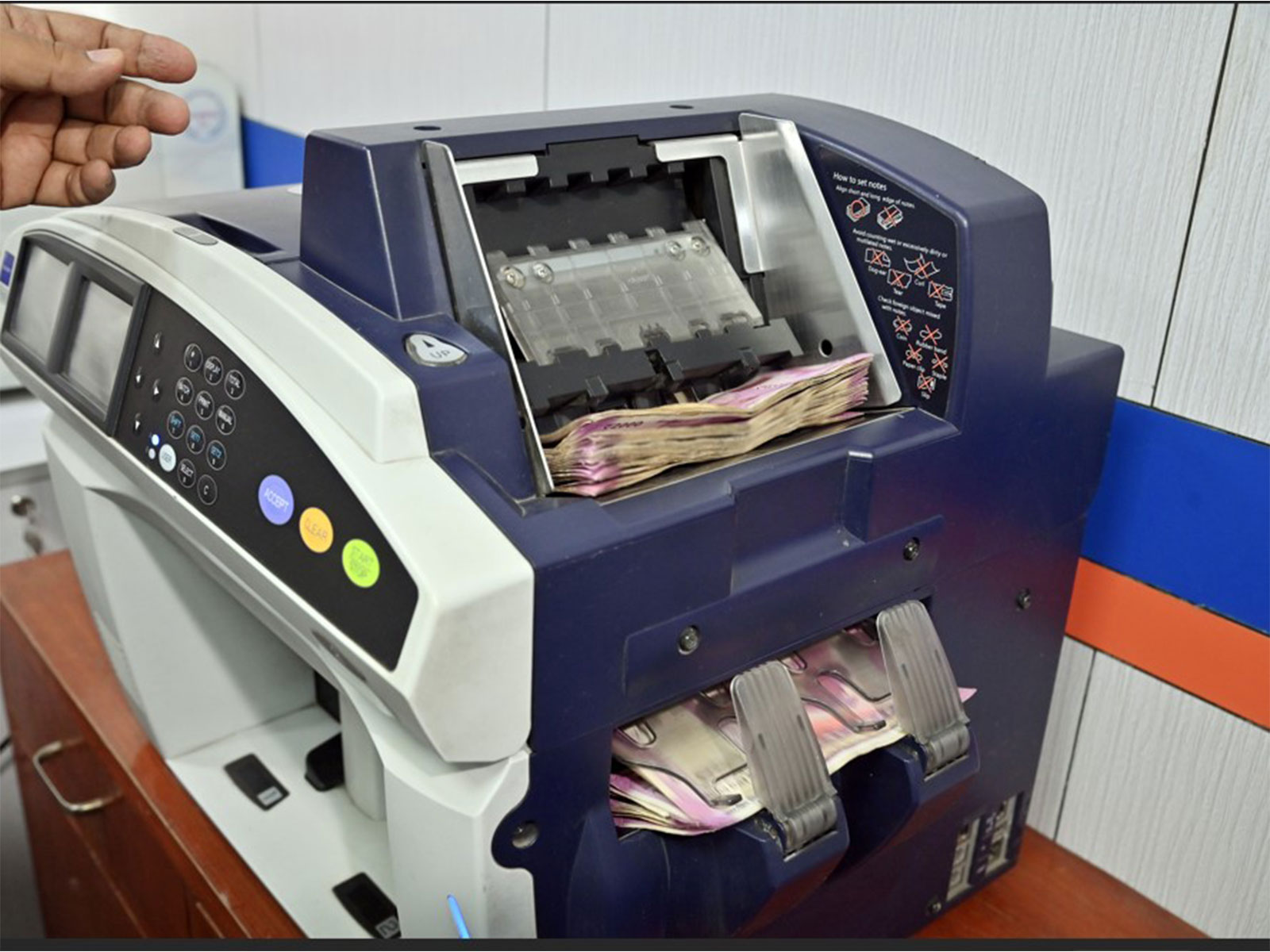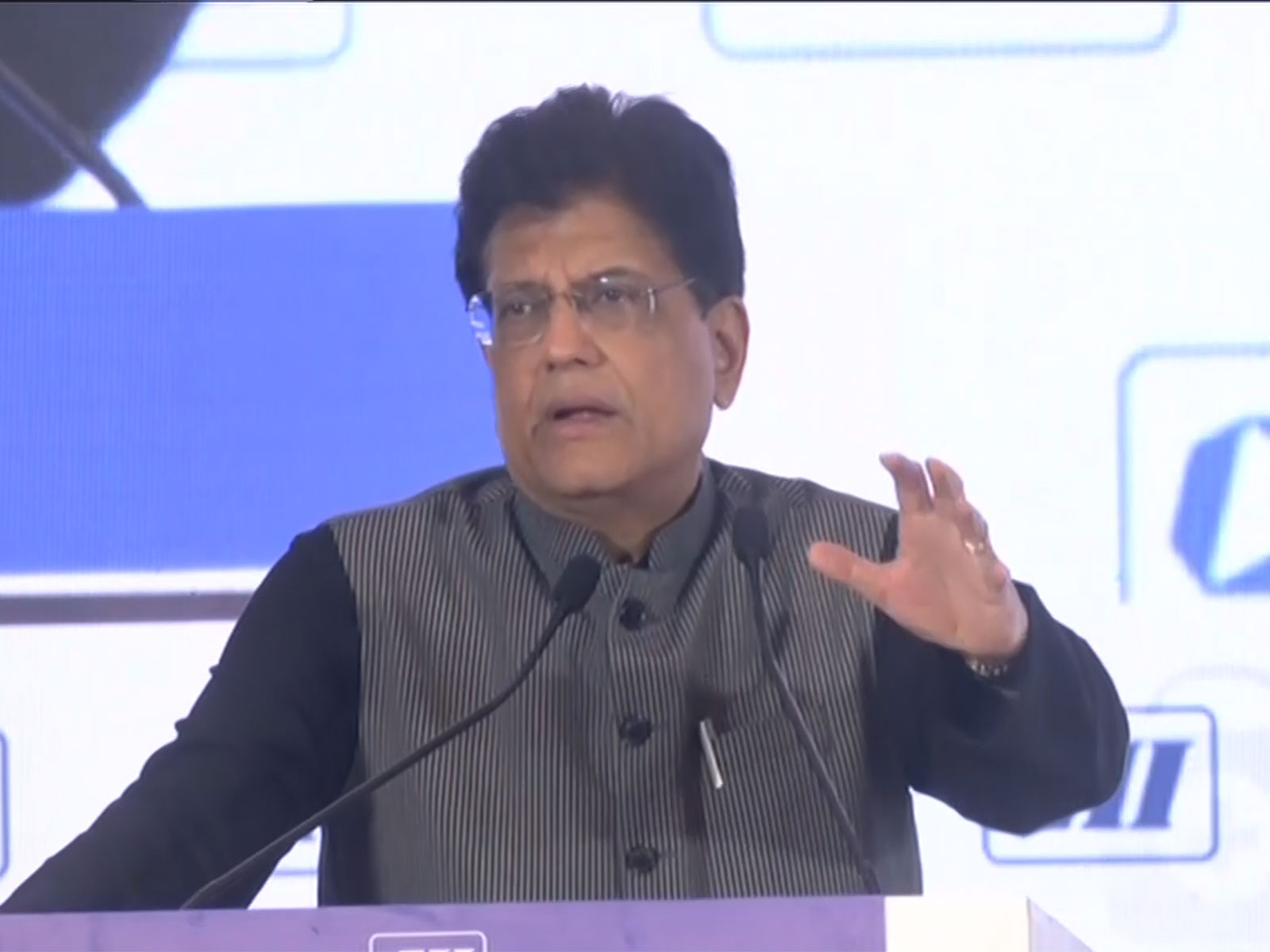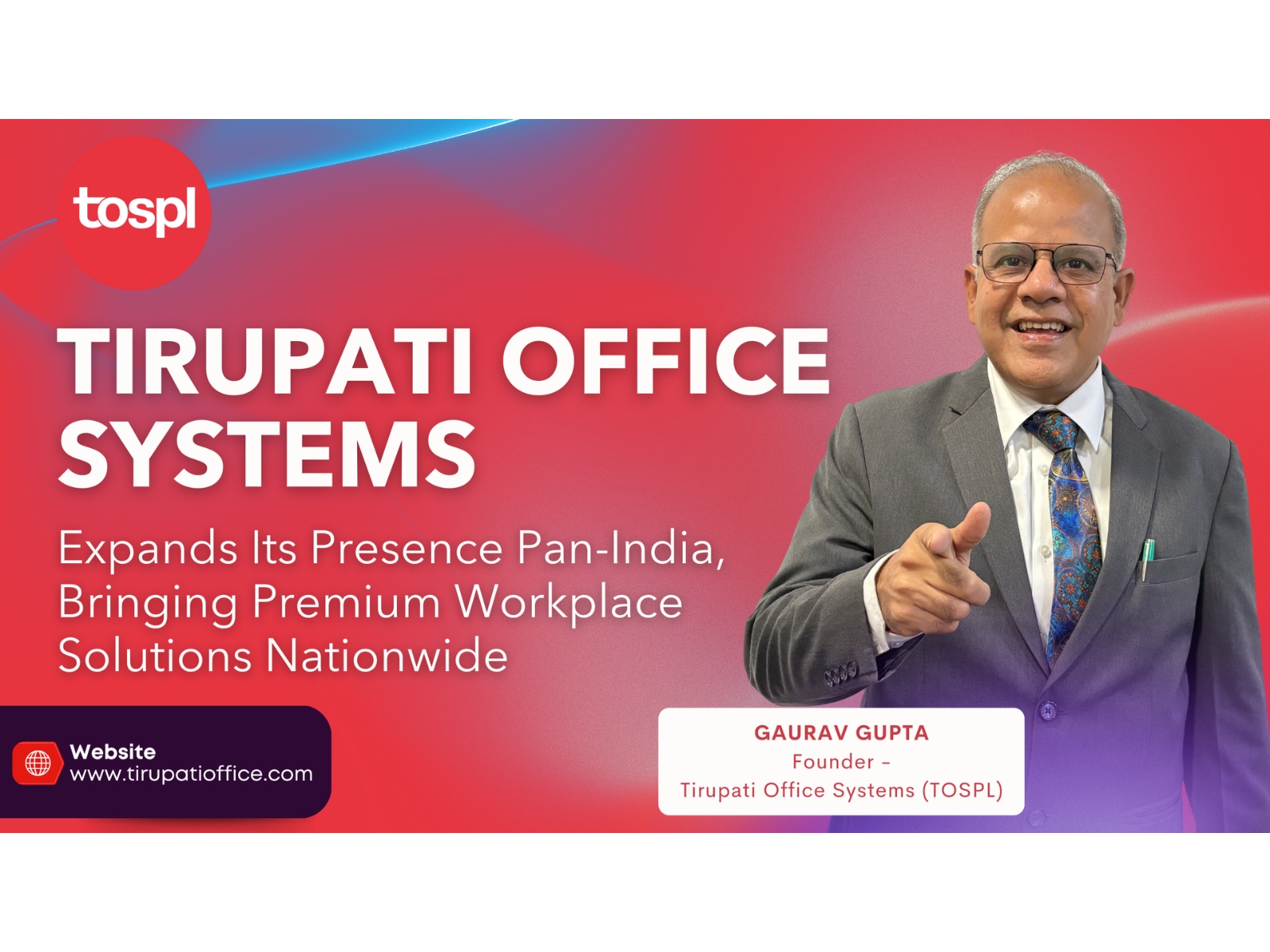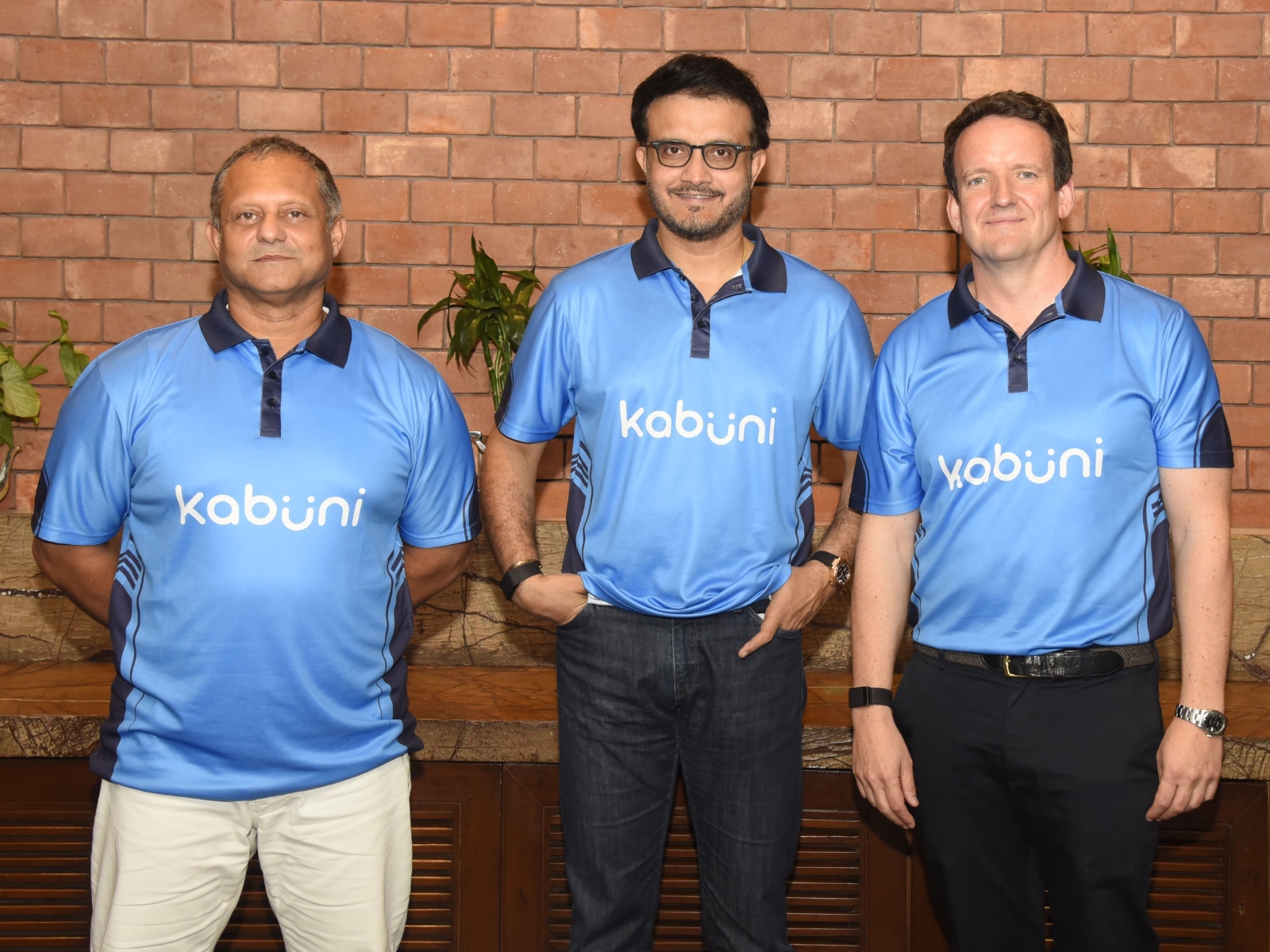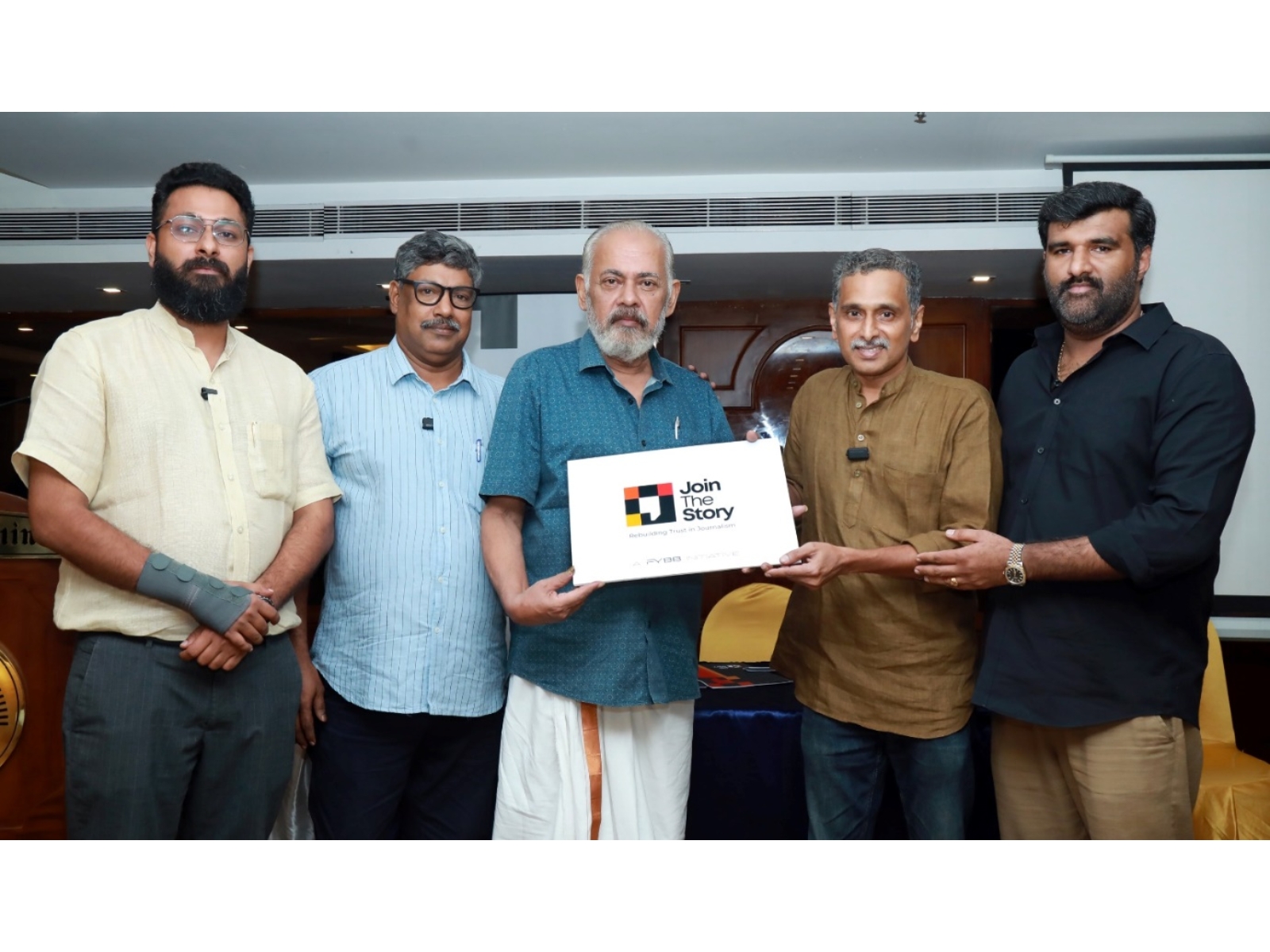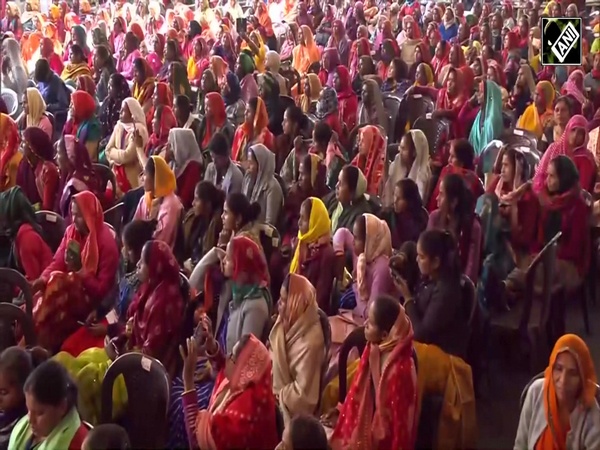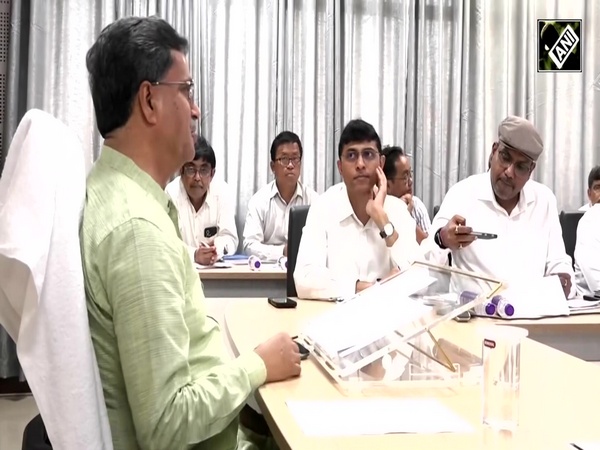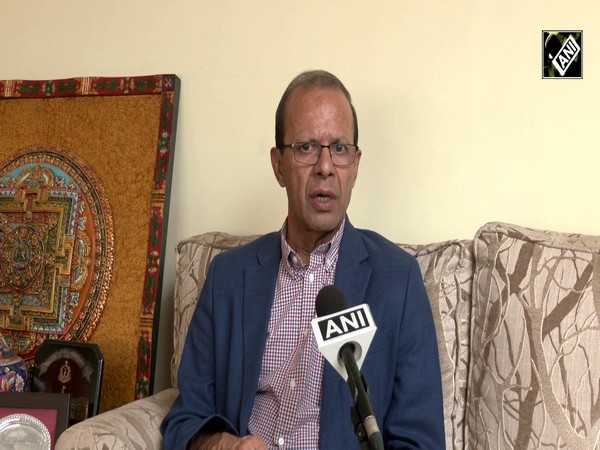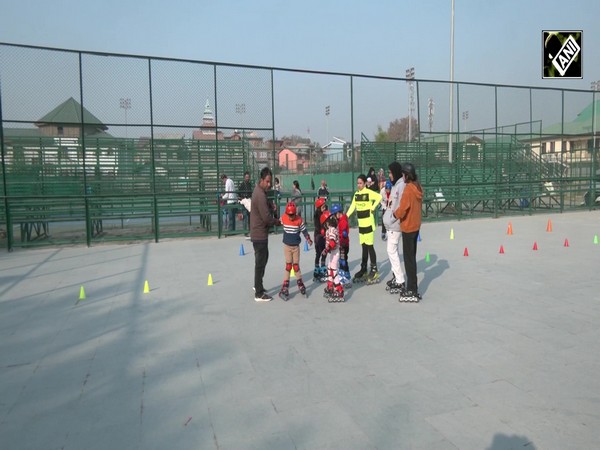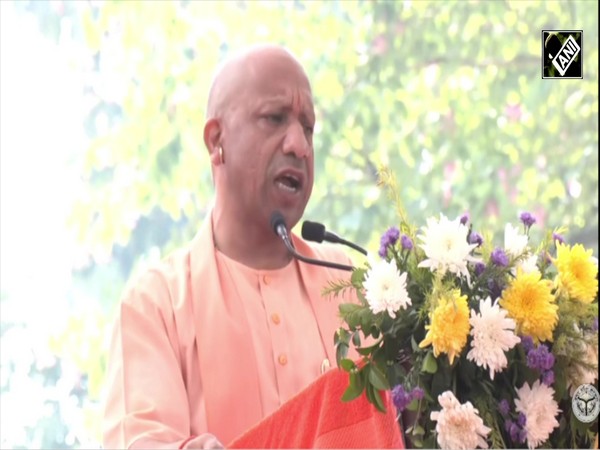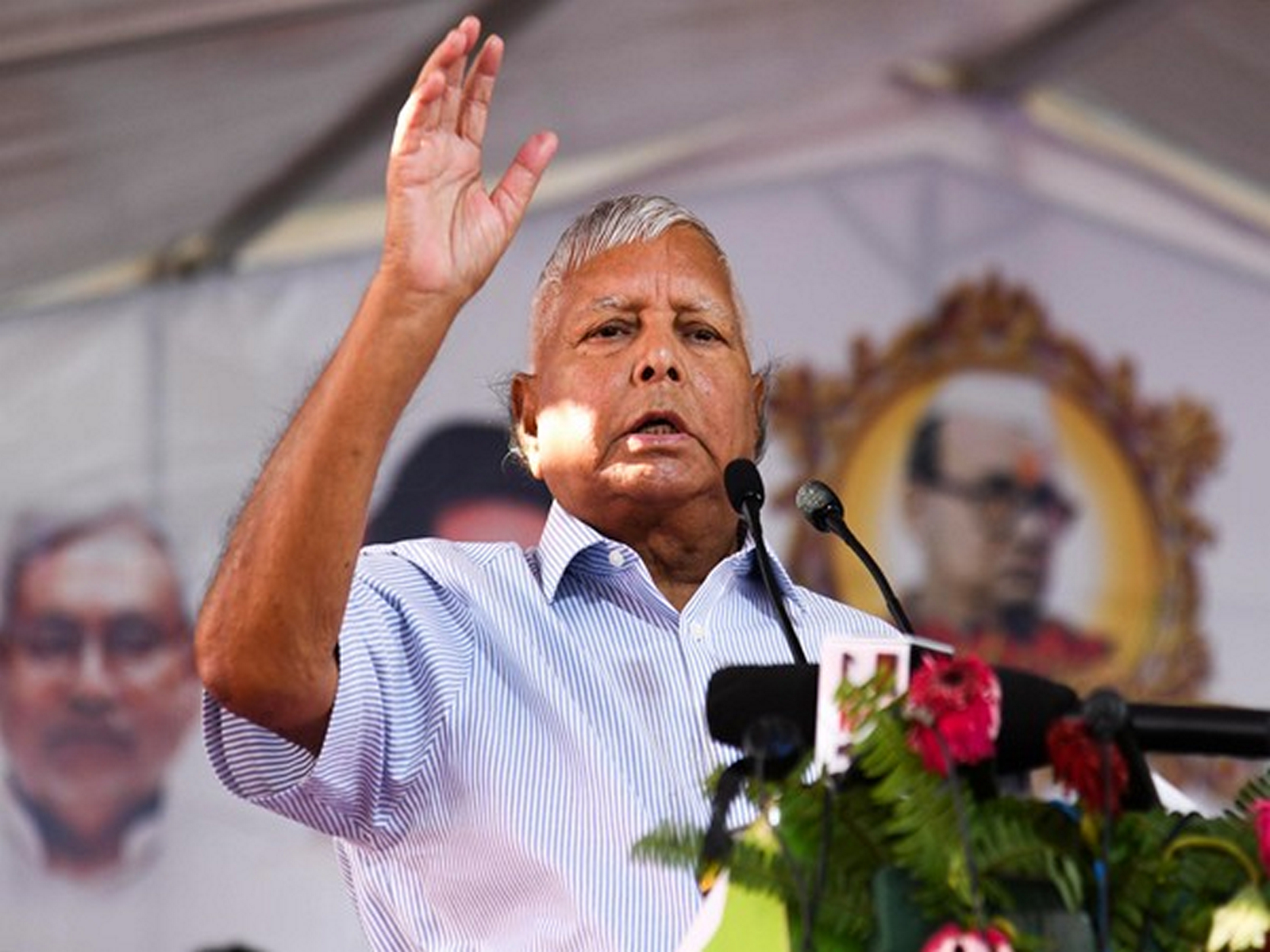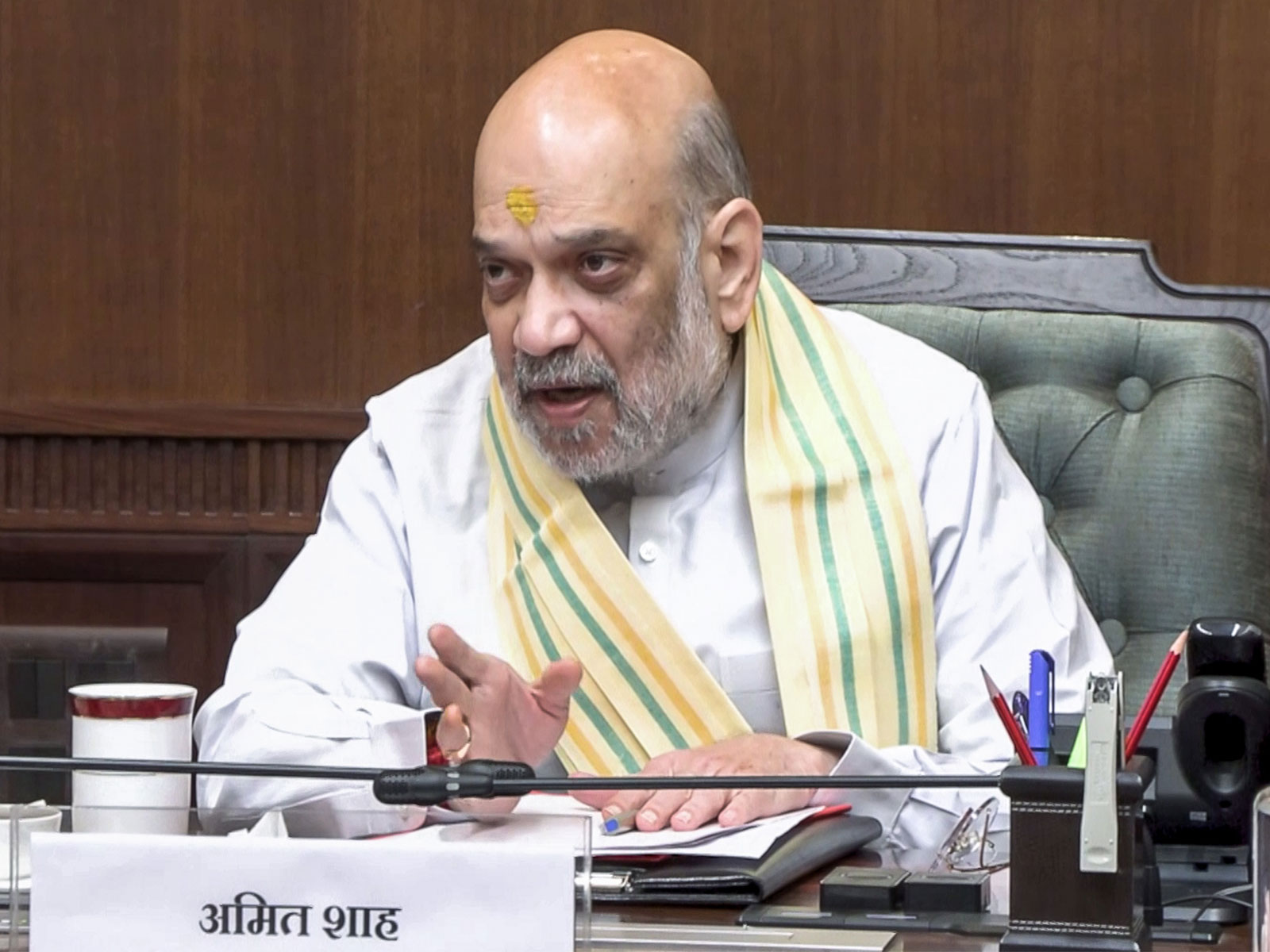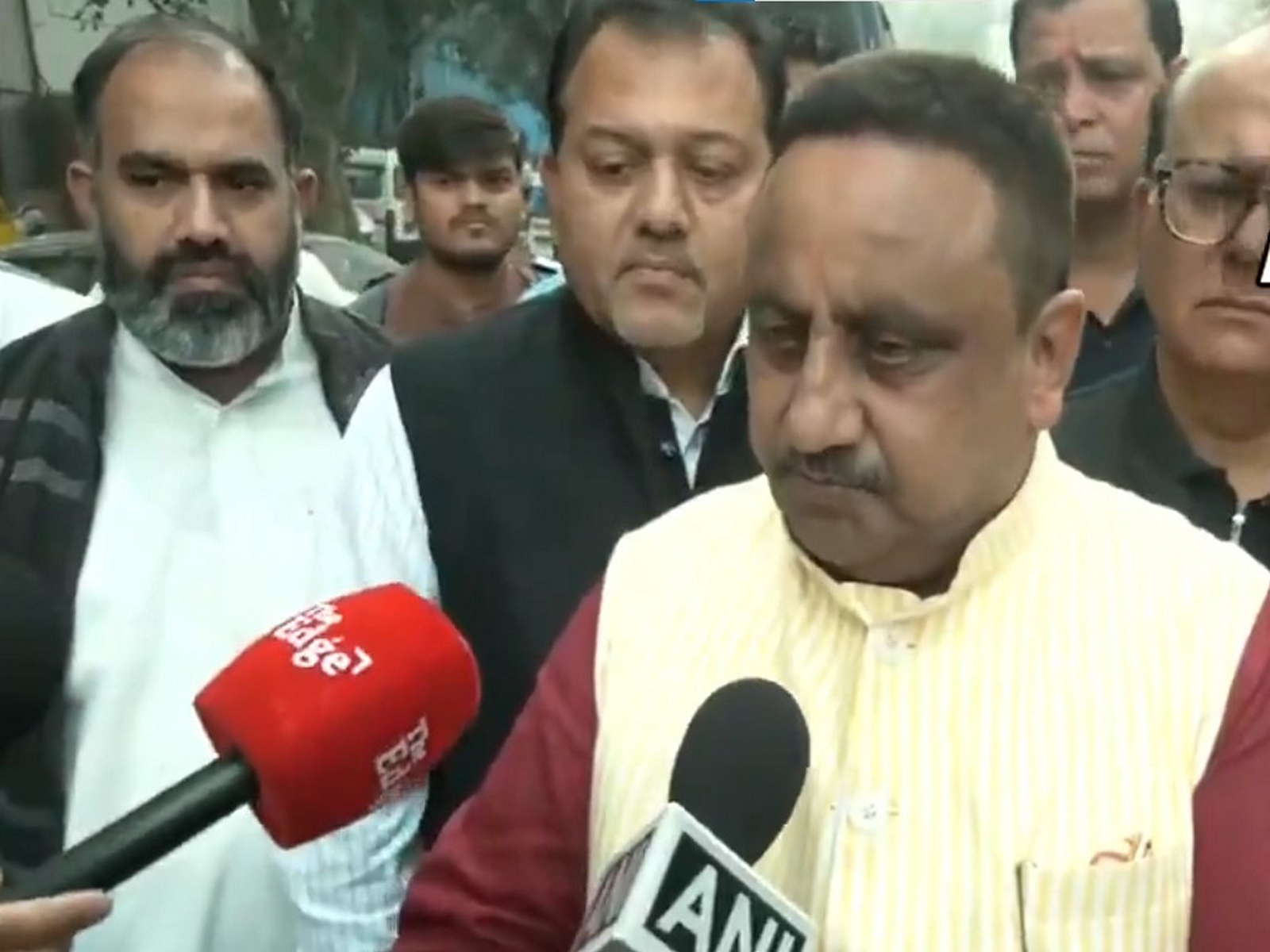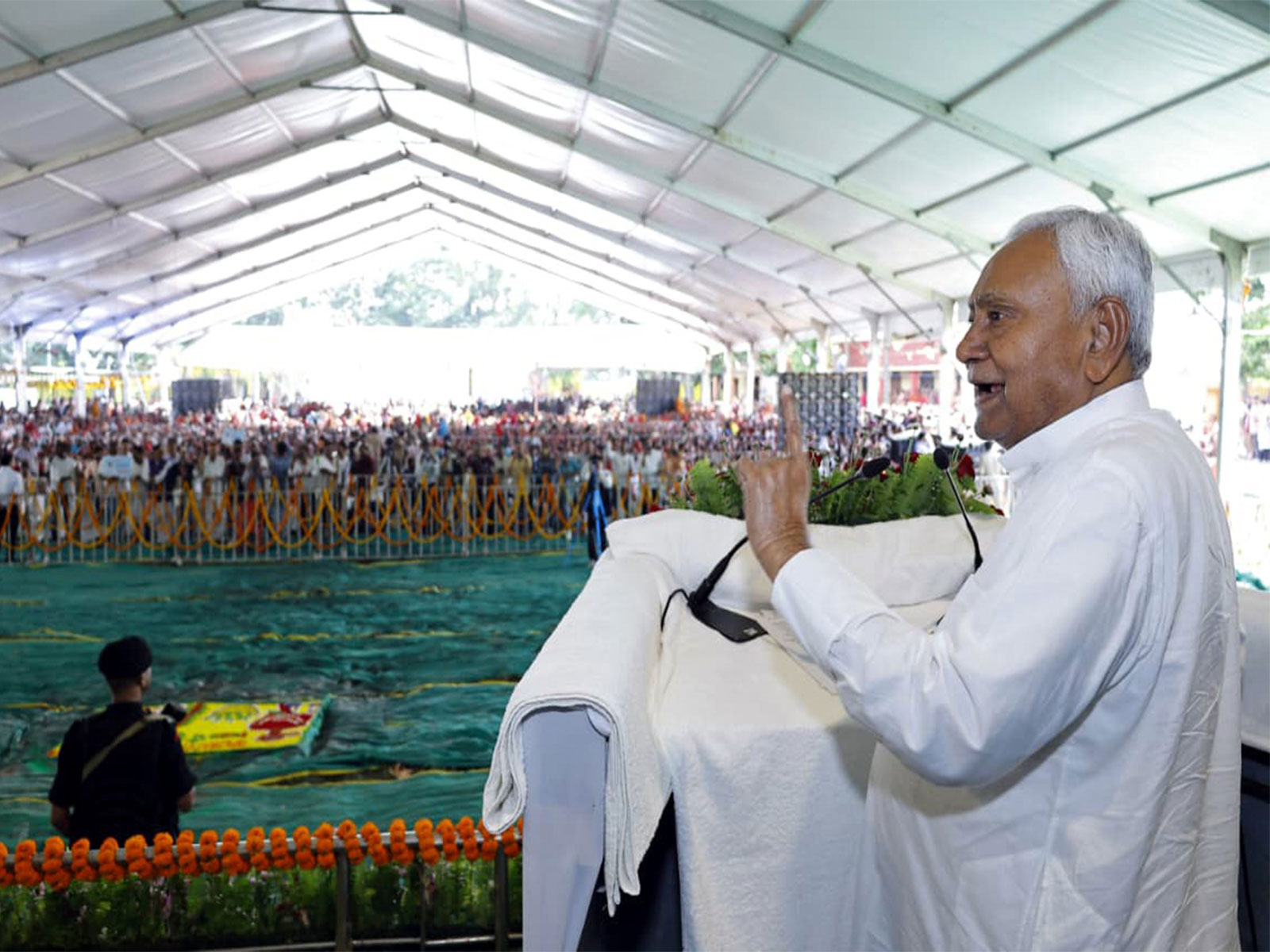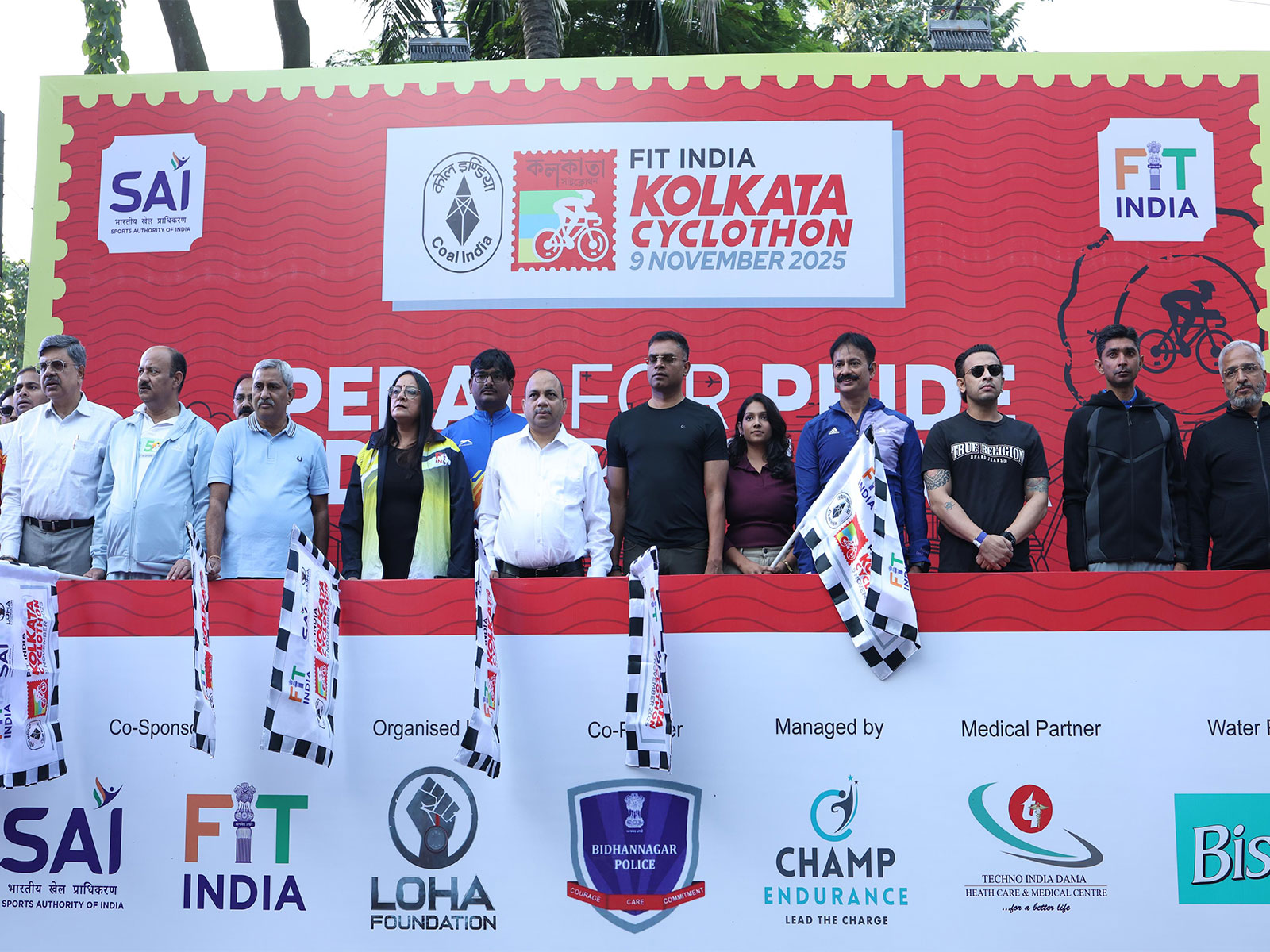
CII, NITI Aayog to work towards facilitating five million jobs, entrepreneurial opportunities over next five years
Nov 11, 2025
New Delhi [India] November 11 : The Confederation of Indian Industry (CII), in collaboration with NITI Aayog, inaugurated the two-day event on 'Conference on Future of Jobs: Critical Growth Enablers' here with the speakers making a call for collaborative, data-driven, and industry-aligned skilling initiatives that can equip India's workforce for a globally integrated economy.
The event set the tone for a national dialogue on shaping India's employment and skilling strategies and job creation for India's rapidly transforming economy, which is driven by technology, sustainability, and inclusion, a release said.
CII, in collaboration with government think tank NITI Aayog, would work towards facilitating five million jobs and entrepreneurial opportunities over the next five years, it said.
Speaking at the event, former Minister for Civil Aviation, Commerce and Industry, and Railways Minister Suresh Prabhu lauded CII's effort to bring together key Industry and Government stakeholders for deliberations on issues of global importance.
He said jobs must meet the aspirations of job seekers. India's job landscape is evolving rapidly. "Jobs now, are not just economic opportunities but they are real-life situations. There needs to be proper alignment of jobs, aspirations and livelihoods." Technology is creating opportunities and it is necessary to the challenges promptly.
NITI Aayog member Arvind Virmani stressed that jobs and skills are two sides of the same coin - and today, skilling for India means skilling for the world. "Skill for India; Skill for the World," he said.
Speaking on the emerging high growth sectors like AI, Virmani said AI can be complementary and also a substitute.
He emphasized on the importance of "blended Human-AI systems" to improve social, personal and government services. Citing the example of East Asian economies, he said technological learning" associated with export push has resulted in the high productivity growth of these economies. He mentioned that government role is information provider and coordinator at all levels- national, state, local; where as the industry, being the key demander of job skills, has critical role in defining needed skills, helping training institutions with machinery and trainers, and "Learning by doing" opportunity(apprenticeship).
Aditya Ghosh, Chairman, CII National Committee on Skill Development and Livelihood said India stands at a pivotal inflection point in its growth story.
"India's rise will be powered by advances in manufacturing, infrastructure, and digital transformation. To sustain this momentum, a future-ready workforce equipped with digital skills, adaptability, and continuous learning is essential -- making skilling the critical bridge between economic growth and inclusive, productive employment."
The sessions focused on dialogues around high-growth and emerging sectors: green transitions, AI-driven industries, advanced manufacturing, healthcare, and tourism, all emerging engines of growth for the decade ahead.
Speakers underlined how each of these sectors can create pathways for large-scale employment while promoting sustainability, women's participation, and digital integration.
Discussions highlighted the importance of public-private partnerships and cluster-based skilling ecosystems that align local talent pipelines with market demand.
"The first day concluded with a resounding call for collaborative, data-driven, and industry-aligned skilling initiatives that can equip India's workforce for a technology-enabled, globally integrated economy," the release said.
NITI Aayog last month released a Roadmap for Job Creation in the AI Economy. The roadmap examines how Artificial Intelligence is reshaping the tech services industry through the lens of work, worker, and workforce. It noted that while India's tech services sector faces the threat of significant job displacements by 2031, it also has the opportunity to create up to 4 million new jobs in the next five years.
